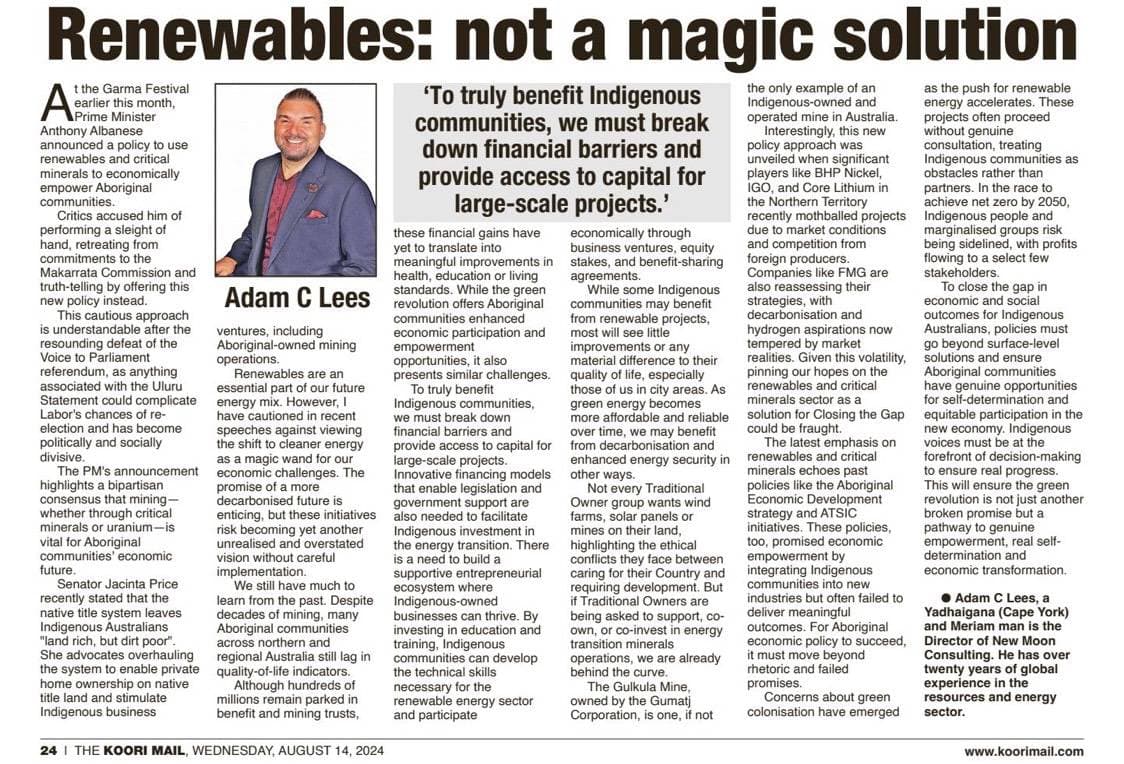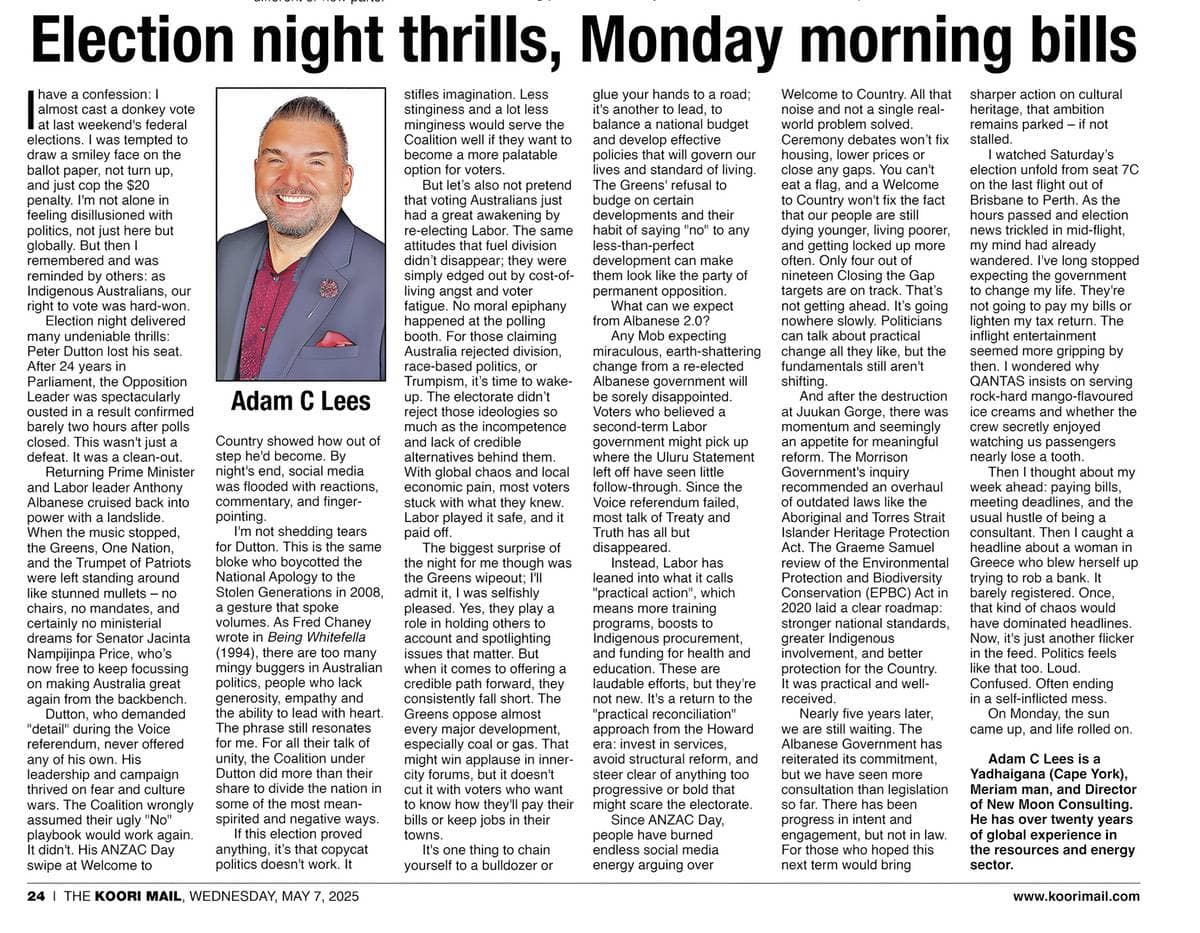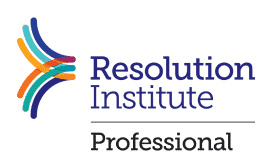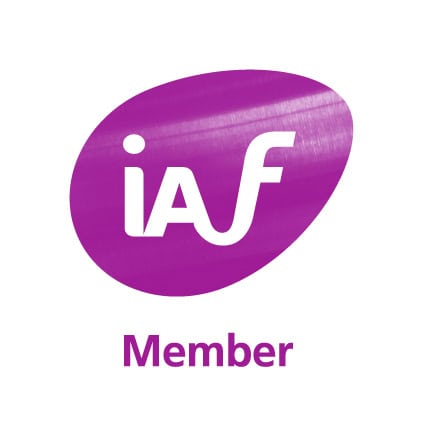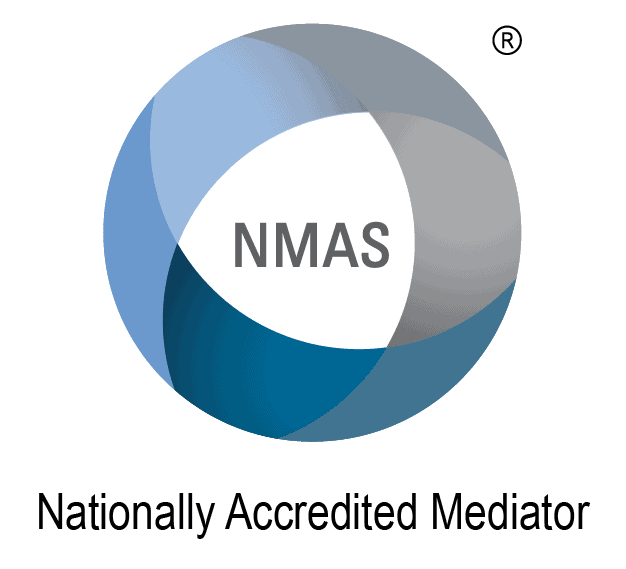At the Garma Festival last fortnight, Prime Minister Anthony Albanese announced a policy to use renewables and critical minerals to economically empower Aboriginal communities. Critics accused him of performing a sleight of hand, retreating from commitments to the Makarrata Commission and truth-telling by offering this new policy instead. This cautious approach is understandable after the resounding defeat of the Voice to Parliament referendum, as anything associated with the Uluru Statement could complicate Labor’s chances of re-election and has become politically and socially divisive.
The PM’s announcement highlights a growing bipartisan consensus that mining—whether through critical minerals or uranium—is vital for Aboriginal communities’ economic future. Senator Jacinta Nampijinpa Price recently stated that the native title system leaves Indigenous Australians “land rich, but dirt poor.” She advocates overhauling the system to enable private home ownership on native title land and stimulate Indigenous business ventures, including Aboriginal-owned mining operations.
Renewables are an essential part of our future energy mix. However, I have cautioned in recent speeches against viewing the shift to cleaner energy as a magic wand for our economic challenges. The promise of a lower emissions future is enticing, but these initiatives risk becoming yet another unrealised and overstated vision without careful implementation.
We still have much to learn from the past. Despite decades of mining, many Aboriginal communities across Northern and regional Australia still lag in quality-of-life indicators. Although hundreds of millions remain parked in benefit and mining trusts, these financial gains have yet to translate into meaningful improvements in health, education, or living standards. While the green revolution offers Aboriginal communities enhanced economic participation and empowerment opportunities, it also presents similar challenges.
To truly benefit Indigenous communities, we must break down financial barriers and provide access to capital for large-scale projects. Innovative financing models that enable legislation and government support are also needed to facilitate Indigenous investment in the energy transition. There is a need to build a supportive entrepreneurial ecosystem where Indigenous-owned businesses can thrive. By investing in education and training, Indigenous communities can develop the technical skills necessary for the renewable energy sector and participate economically through business ventures, equity stakes, and benefit-sharing agreements.
While some Indigenous communities may benefit from renewable projects, most will see little improvements or any material difference to their quality of life, especially those of us in city areas. If green energy becomes more affordable and reliable over time, we may benefit from lower emissions and enhanced energy security in other ways.
Not every Traditional Owner group wants wind farms, solar panels, or mines on their land, highlighting the ethical conflicts they face between caring for country, protecting cultural heritage and pursuing development. But if Traditional Owners are being encouraged to support, co-own, or co-invest in critical minerals operations, we are already behind the curve. The Gulkula Mine, owned by the Gumatj Corporation, is one, if not the only example of a wholly Indigenous-owned and operated mine in Australia.
Interestingly, this new policy approach was unveiled when significant players like BHP Nickel, IGO, SunDrive Solar and Core Lithium recently laid off employees or mothballed projects due to a downturn in market conditions. Companies like FMG are also reassessing their renewables strategies. Given this volatility, pinning our hopes on the renewables and critical minerals sector as a solution for Closing the Gap is already proving to be fraught.
The latest emphasis on renewables and critical minerals echoes past policies like the Aboriginal Economic Development strategy and ATSIC initiatives. These policies, too, promised economic empowerment by integrating Indigenous communities into new industries but often failed to deliver meaningful outcomes. For Aboriginal economic policy to succeed, it must move beyond rhetoric and failed promises.
Concerns about green colonisation have emerged as the push for renewable energy accelerates. These projects often proceed without genuine consultation or consent, treating Indigenous communities as obstacles rather than partners. In the race to reduce emissions by 2050, Indigenous people and marginalised groups risk being sidelined, with profits flowing to a select few stakeholders.
To close the gap in economic and social outcomes for Indigenous Australians, policies must go beyond surface-level solutions and ensure Aboriginal communities have genuine opportunities for self-determination and equitable participation in the new economy. Indigenous voices must be at the forefront of decision-making to ensure real progress. This might go some way to ensuring that the green revolution is not just another broken promise but one of the pathways to genuine empowerment, real self-determination and economic transformation.
Adam C Lees is a Yadhaigana (Cape York), Meriam man, and Director of New Moon Consulting. He has over twenty years of global experience in the resources and energy sector.
